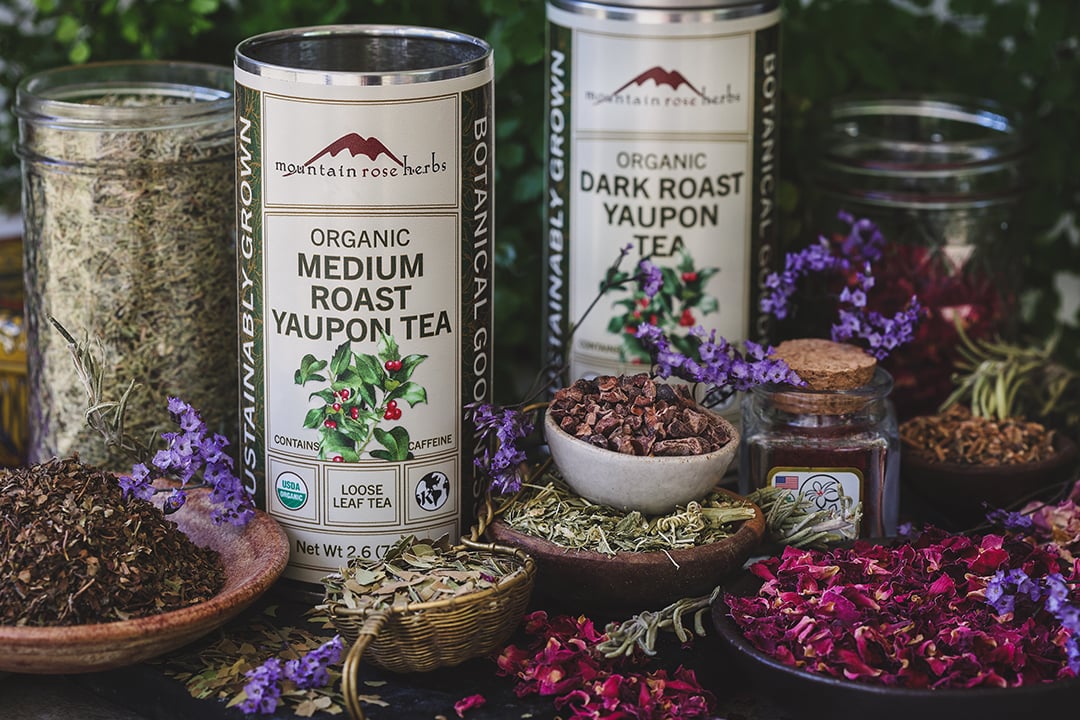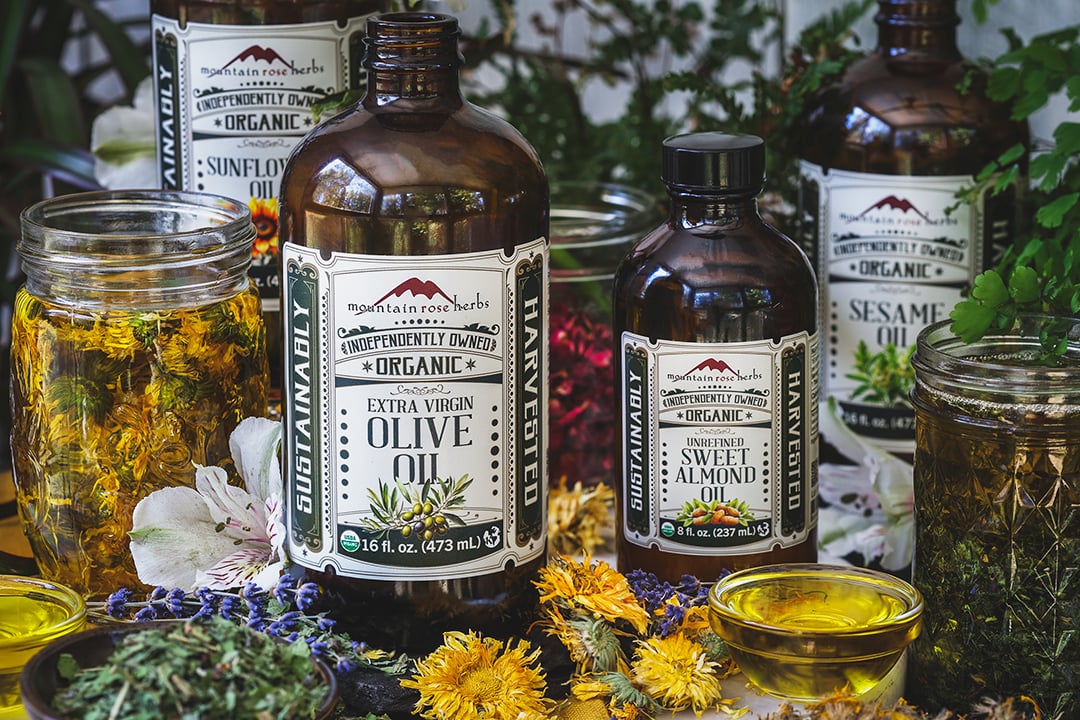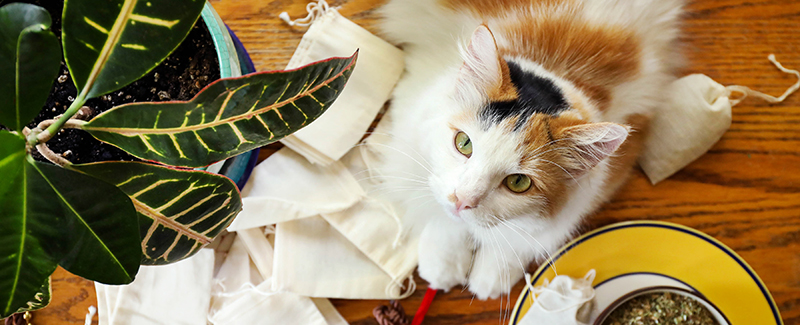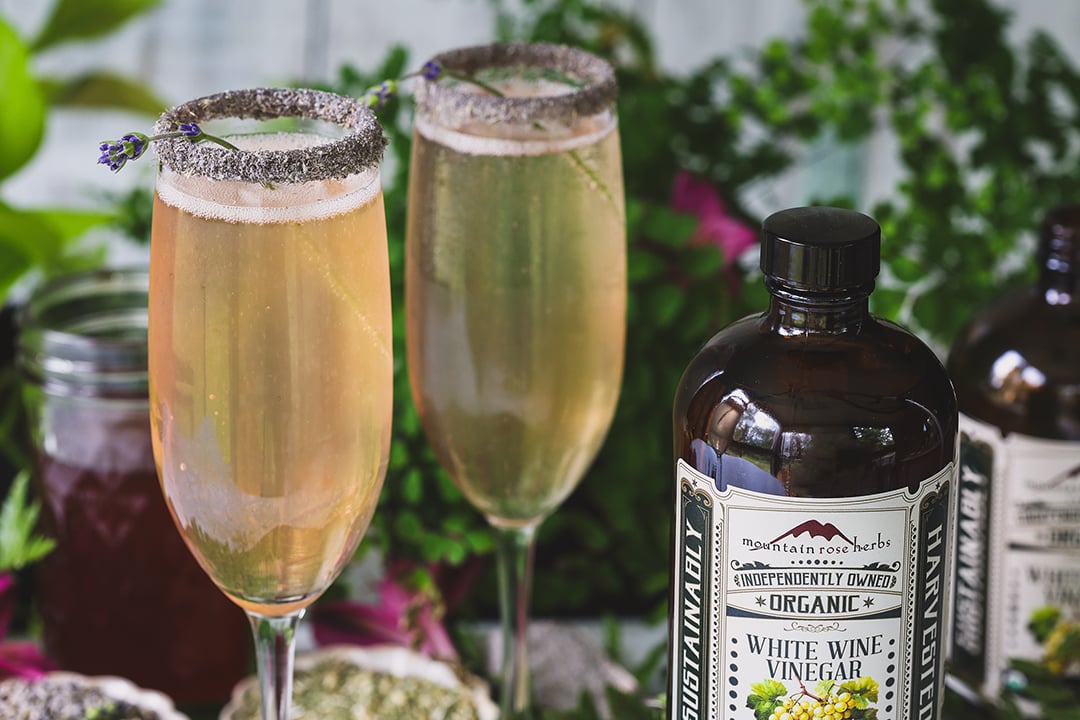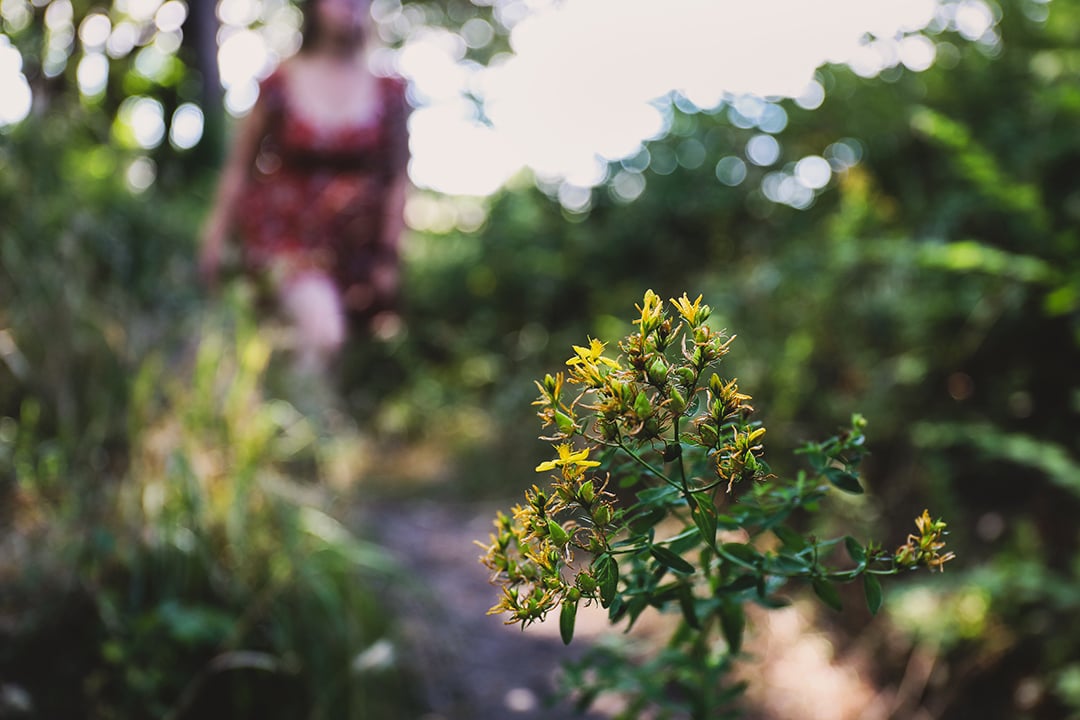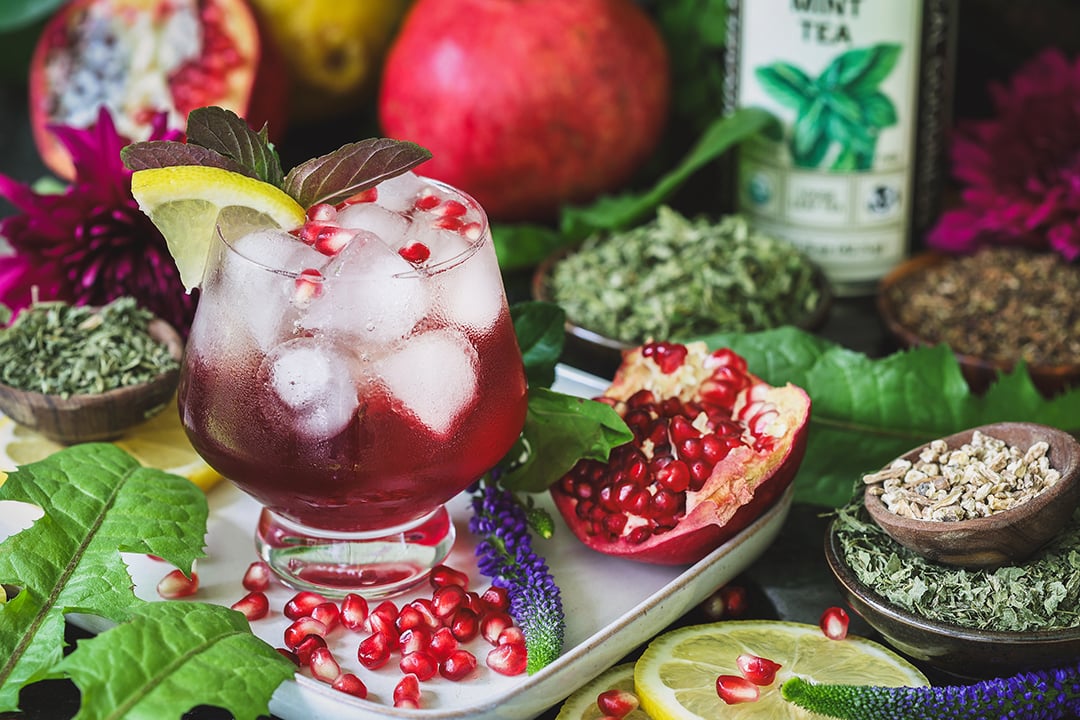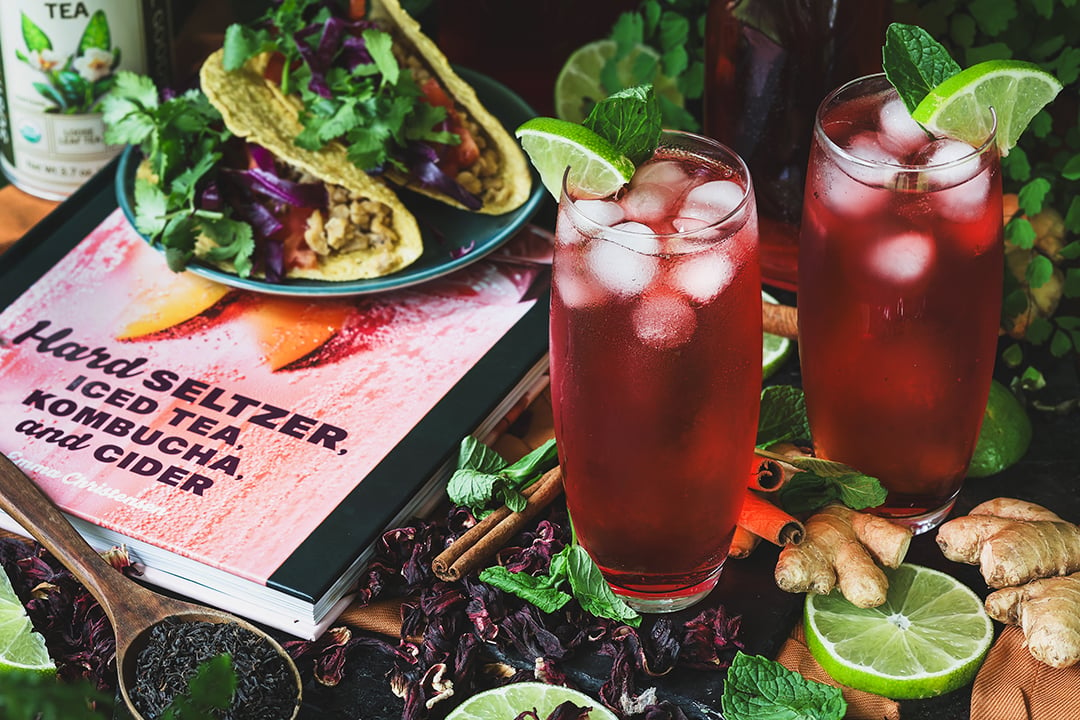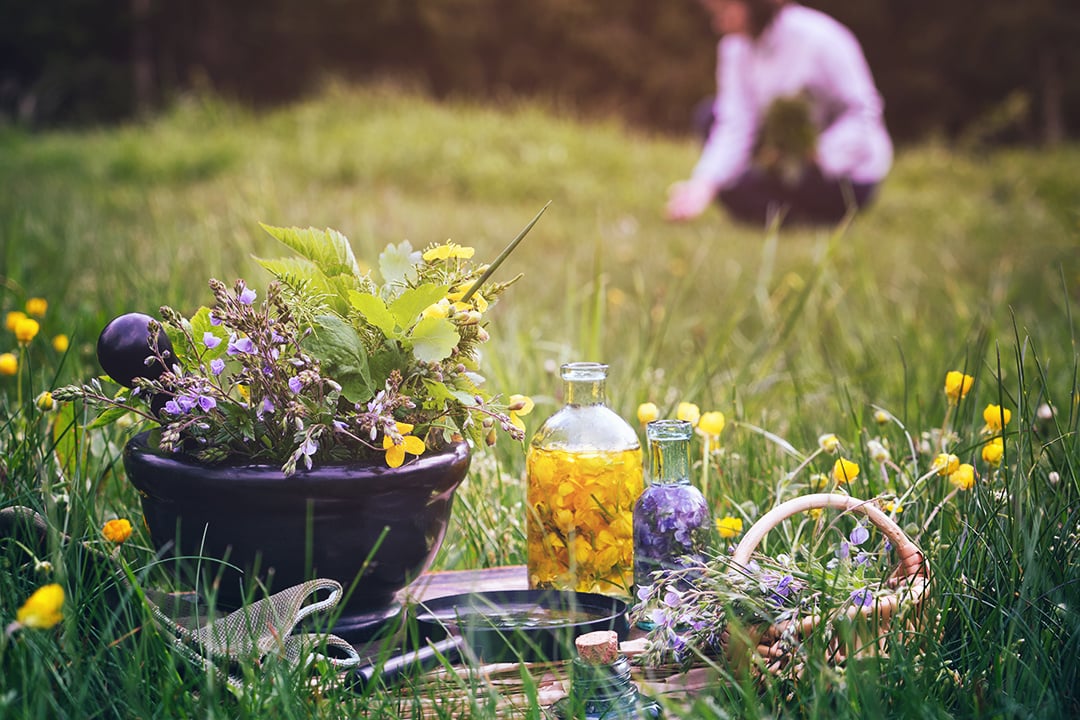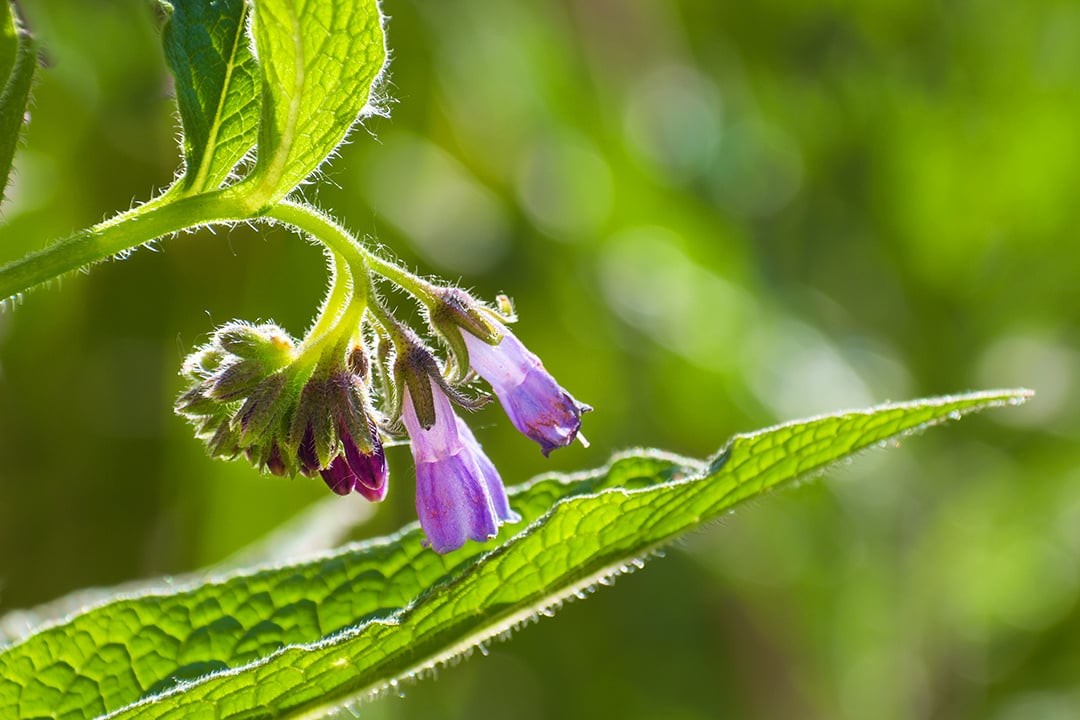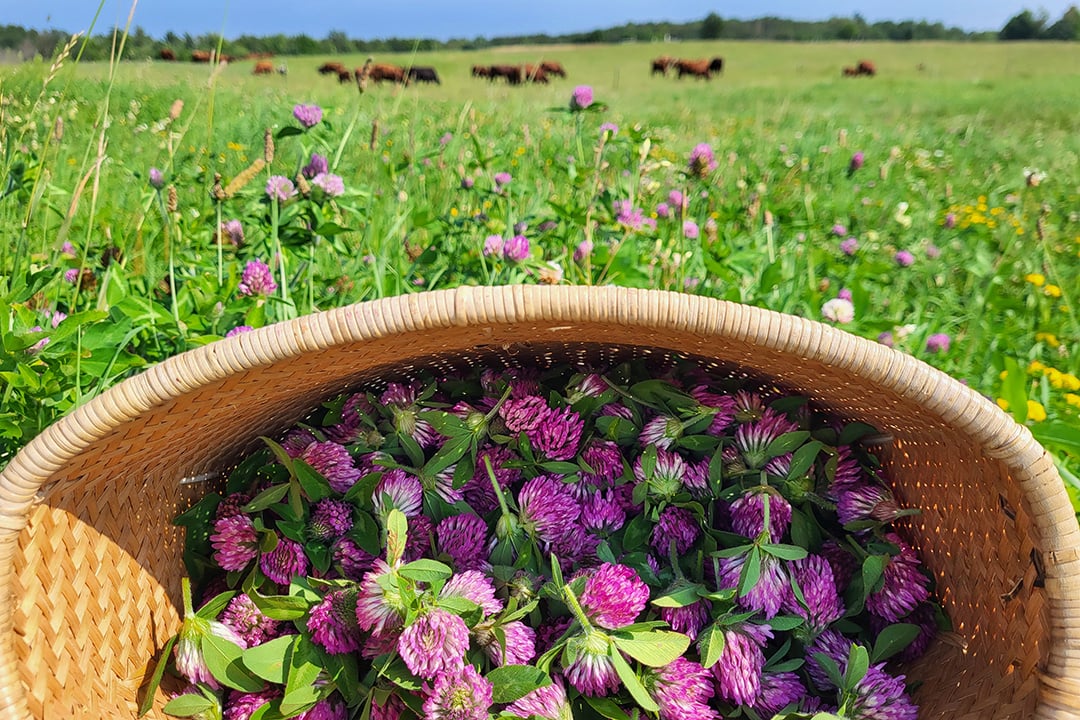Creativity is one of the most powerful attributes we have as humans. The ability to invent and create is something that sets us apart from almost all other mammals on Earth. It’s fascinating to think that the human brain’s ability to create has been responsible for so many advancements of our species. But creativity is not only about necessity or evolutionary advancement—it’s also about art and pleasure.
While practical inventions undoubtedly play their part, I believe that artistic creativity is, arguably, more important. A small percentage of people go on to create things that change the course of human history, but all humans have effects on others day-to-day, and if they are able to express themselves healthfully through the arts, I believe that can have a massive impact.

I was first introduced to self-heal (Prunella vulgaris) while walking through a field many years ago. Once I got a good look at her, she stopped me in my tracks, and I spent a lot of time sitting on the ground admiring her magnificent flowers. I was inspired to get to know my new (then) friend, Prunella, on a deeper level, so I went home and hit the books. It's been a part of my herbalism practice ever since.

Are you looking to make herb-infused oils or want to make your herbal oils more potent? With almost 4 decades of massage practice using herbal oils, I can flaunt having spread hundreds of gallons of them on more bodies than I can count! After making oils with thousands of students, I’ve kept track of the stumbling blocks and 5 of the most frequently asked questions that keep folks from feeling confident about their oils. Let’s dig in.
Read More
Nepeta cataria, commonly called catnip, is an ancient member of the mint family. It has been used in western folk practices for millennia, and is loved for its gentle, calming properties. Herbalists and parents often brew this child-friendly herb into a soothing tisane, but it can also be taken internally as a tincture. For topical use, catnip can be infused in oils, or used as an essential oil or hydrosol to bring an herbaceous, relaxing scent to body care products. Perhaps, however, catnip is best known as the herb most loved by our feline friends.
Read More
Herbal oxymels are a staple ingredient in my kitchen. I often teach mocktail-making classes, where I share the many ways you can create tasty vinegar-based ingredients to make complex zero-proof drinks.. When I introduce students to oxymels, I pass around samples made of apple cider vinegar and honey. Students are amazed at how delicious they are – I hear lots of “mmm!” and “wow!” as they sip. But then I bring out my secret treasure, the grand reveal: a white wine vinegar and sugar oxymel. Students are shocked at how exquisite the flavor is. They ask for more. The bottle quickly disappears…

With any herbal practice, conservation and protection should be the first part of the conversation. Safety and sustainability are vital when foraging. In today's world, countless individuals share images of plants they've harvested, often asking, "What is this, and what can I use it for?" This highlights the importance of education. Understanding herbs involves responsible usage, not just identification. Prioritizing education promotes wildcrafting practices that respect nature while ensuring safety and realizing the benefits of herbs.
Read More
Spring is here, at last, and the world is all a-shimmer with dew and last night’s frost. After a long winter of dark and cold, the earth has begun to stir again. There’s a palpable change, and we can all sense it, in the air, in the earth, in our bodies. Spring is a season of new beginnings, inspiration, a time to create and explore. As nature begins to flourish around us, now is the perfect time to rejuvenate ourselves in the same fashion as the beckoning meadows.
In spring, I like to gather nettles and violets. Nettles for their wealth of vitamins and minerals, and the energy boost they provide after sleepy winter months. Violets for their flavonoids, mucilage, and diuretic properties. They also taste mild and delicious in infusion form, making them ideal additions to mocktails.
Around this time of year, my mom would start crafting her incredible herbaceous mocktails; drinks that are both refreshing and healthful. I have many fond memories of us staving off the heat with her creations. My mom is an absolute wizard when it comes to mixing ingredients to just the right proportion, guided purely by intuition. She (and now I, thanks to her influence) never really measured things. It was always “a splash of this,” “a sprinkle of that.” As a result, each drink was a little unique, but somehow always perfectly balanced.
With herbaceous mocktails, the trick is balancing the bitter with the sweet, adding just enough sugar to lift the flavors without overpowering them. It’s also important to find the right ratio of ingredients; some herbs have stronger flavor profiles than others, so finding the right balance can feel rather alchemical at times.

Living in California as I do, tacos aren’t just for Tuesdays–they are a way of life. There are taco trucks on nearly every corner, each ready to provide you with their own particular take on carne asada, al pastor, and spicy pollo soft tacos. And requisite with every order, at least for me, is a tall icy glass of Agua de Jamaica.

When I first learned that plants were medicine, my first thought was, How did I not know this sooner?
A lot of that probably has to do with growing up in Frederick, Maryland—a vast landscape of agricultural crops, where corn, soybeans, and a patchwork of wheat filled the fields. But even more had to do with my inability to access information that was freely circulating on the internet. As a Deaf kid in the nineties, I grew up alongside the boom of the internet. There was information out there—glimpses of herbalism, holistic health, alternative medicine, tending to the land—but much of it wasn’t captioned. Even television, a major source of knowledge and culture, was largely inaccessible. (Spoiler alert: it still is.)
Read More
Comfrey (Symphytum spp.) is a divisive plant in herbalism. There is some very serious contention about how to use it safely and effectively in the herbal community. Some say that it should never be consumed internally, while others drink tea made from the leaves. Some also say that you shouldn’t use plants that were even harvested from the same beds as comfrey for internal use. All of that is to say, there is some drama surrounding this plant! But first, let’s talk botany…

Our family farm, nestled in the northwoods of the Upper Peninsula of Michigan, is a haven for medicinal plants. We have been stewards of this land for two and a half decades, and it is a joy to continue learning the ecosystems, seasons, and rhythms of life here. The farm is diverse, and we use organic, regenerative, and authentic agricultural techniques to tend fields and hoop houses of produce, herbs, perennials, shiitake mushrooms, pasture-raised pork and poultry, and grass-fed beef. Over the years, we have observed improvements in our soil and increasing biodiversity, both of which have invited wild, health-supporting weeds to flourish.
Read More

